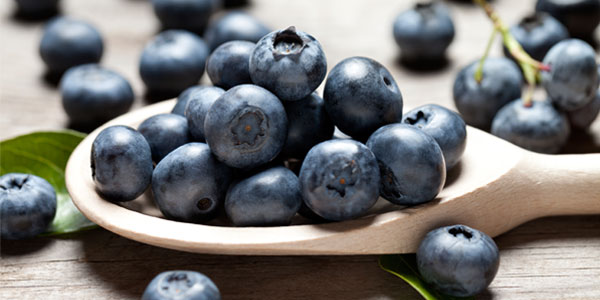Heart disease is the leading cause of death in the U.S. every year, but you can reduce your risk by modifying what you eat.
A healthy diet has been proven to positively affect your blood pressure, cholesterol, diabetes and weight – all controllable risk factors for cardiovascular disease.
Clinical dietitian Michelle Keh, R.D., of Alta Bates Summit Medical Center, shares advice and her tips for heart-healthy cooking.











